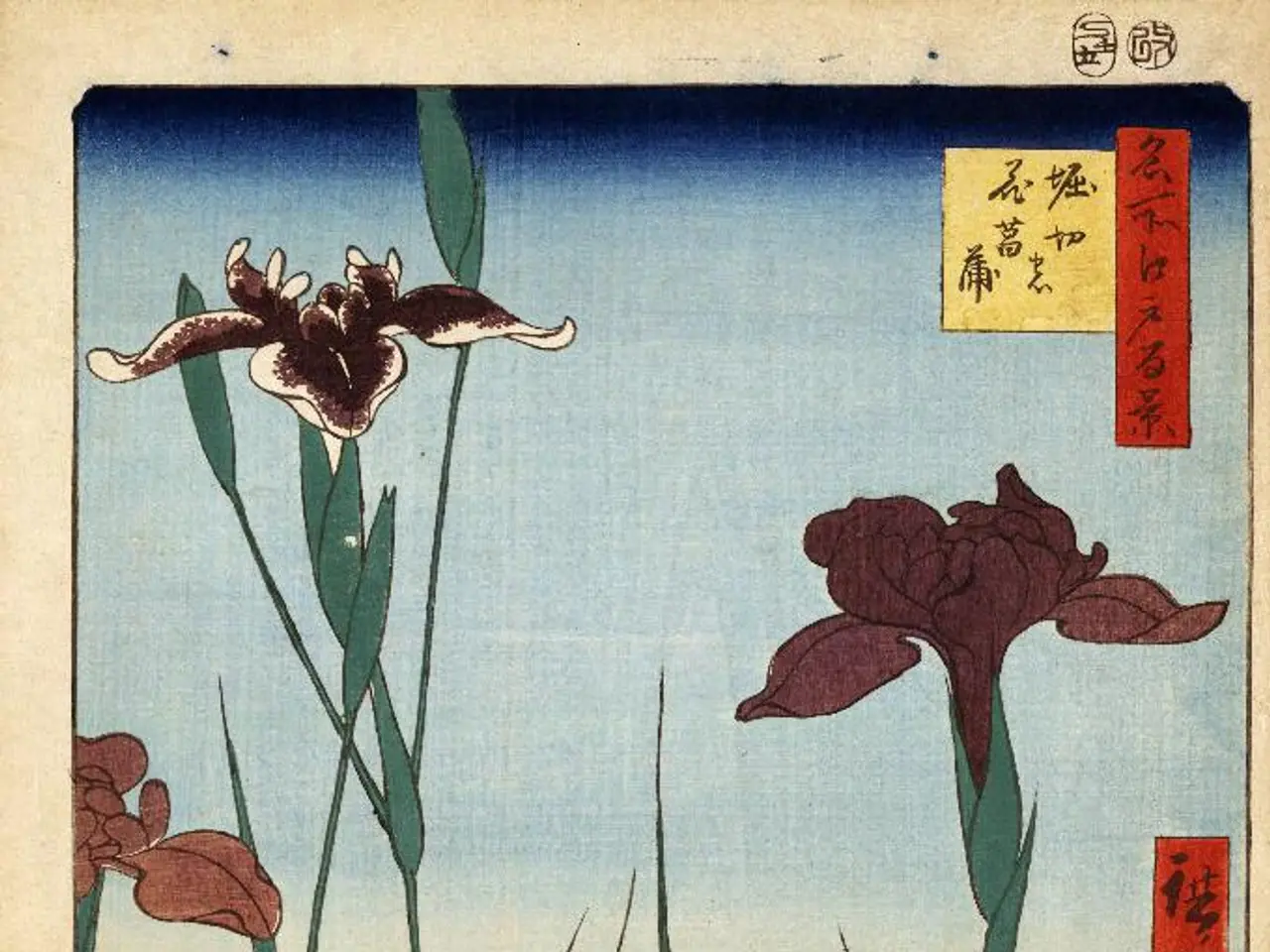Revised USDA Plant Hardiness Zone Map: Updates and Implications for Gardeners
New USDA Hardiness Zone Map Reflects Climate Change
The United States Department of Agriculture (USDA) has released an updated hardiness zone map, reflecting changes that longtime gardeners have observed in their growing conditions. The primary reason behind these changes is a warming climate, which has caused average minimum temperatures across about half of the U.S. to rise by approximately 1.39 degrees Celsius since the previous map was published in 2012.
The new map, released at the end of 2023, incorporates updated climate data showing warmer average minimum winter temperatures compared to the previous decade's data. This temperature increase has shifted many areas northward into warmer plant hardiness zones by half a zone, reflecting updated climate data averages mostly from the 1991-2020 period.
The revised map helps gardeners, farmers, and researchers better understand and adapt to changing growing conditions caused by climate change. Approximately half of the country has shifted up by half a hardiness zone, meaning that the average coldest winter temperatures in those areas are milder than before.
The new map includes temperature data from over 13,000 weather stations, compared to just under 8,000 weather stations used to create the last map. This increase in data points provides a more accurate representation of the country's climate.
The USDA developed the new map with the PRISM Climate Group at Oregon State University. The new map shows an overall increase in average temperatures of 2.5 degrees, with the addition of zones 12 and 13 to the previous 1 through 11.
Gardeners must be aware of potential new pathogens or insects moving into their area as the changes in temperature may bring new pests and diseases. New preventative measures, such as choosing different plant varieties, may be necessary. A shift in subzone may also allow for the choice of new plants previously out of reach.
However, plants that prefer colder temperatures may struggle more in warmer zones. Invasive plants and new species suitability are also concerns linked to these zone changes, as plants previously limited by colder temperatures might now spread or grow more vigorously.
Mary Ellen Ellis, with degrees in Chemistry and Biology, specializes in flowers, native plants, and herbs. She emphasizes the importance of the new map in helping gardeners, farmers, and researchers adapt to the changing climate. The new USDA hardiness zone map is a valuable tool for making informed decisions about what plants to grow, and it provides a more accurate picture of the country's current and near-future plant growing conditions.
Gardeners can access the online map, which allows for zooming in on specific regions to see more detailed zone and subzone boundaries. The new USDA hardiness zone map replaces the old hardiness zone map and accommodates the ongoing impacts of climate change, helping growers adapt to more extreme and variable weather patterns that differ from historical norms.
- The updated USDA hardiness zone map, reflecting climate change, will help gardeners make informed decisions about what plants to grow in their home-and-garden, as it provides a more accurate picture of the country's current and near-future plant growing conditions.
- As many areas have shifted northward into warmer plant hardiness zones, gardeners must be aware of potential new pathogens or insects moving into their area, and it might be necessary to implement new preventative measures, such as choosing different plant varieties, to cope with the changing climate.




